|
0 Comments
Brews and Chews was a fabulous "Pawty"...check out all the sweet puppers who stopped by the Kuri K9 Massage booth! 🐶
Winners of the draw for a free K9 massage will be notified later today - good luck, everyone! 🐾 Okay, so I’ve got a plan…
I want to address the two biggest, broadest questions I get when I’m out there talking to pet Mommies and Daddies about Canine and Feline Massage Therapy. Those questions? Why does my pet need massage therapy? AND What’s involved in pet massage therapy? How will I tackle these two questions? I’m going to break them down into smaller questions and answers! The first question is definitely the biggest — that’s going to involve an ongoing series of blog posts. I will post more specific questions and answers every second Tuesday…for example, how does massage therapy help a dog or cat with arthritis? I may stray a little outside the bounds of the “why massage therapy” question, too, so I can’t talk about when NOT to have your pet massaged. This will also lead to other important information…for example, if your pet has a fever, they should not have a massage session until well after the fever has resolved and they are fully recovered from whatever caused the fever in the first place. But how do you even know if your pet has a fever? These posts will bring you important knowledge about the health and quality of life of your fur baby and answer all the questions I get about pet massage therapy. And don’t feel like you must be entirely passive during this series — email me your questions any time ([email protected]) and I’ll make sure I answer your question during the series! Best of all, every post in this series will include a code word, which you can use when you book your first or next massage therapy session and you’ll receive 50% off the appointment you book with me! One code word can be used per pet—sorry, no multiple code words/discounts for one pet…but I offer other ways to save on your massage therapy sessions, so be on the look out! And as for the second question — what’s involved? — I’ll cover this in a five-post blog series Monday to Friday COMING SOON! Watch the Kuri K9 site, social media and newsletter (sign up HERE) and be the first to know what week that blog series will land. I’ll be back in a couple of weeks with my first Why Pet Massage FAQ post…in the meantime, check out my breeds info posts (including the most pressing health concerns for each breed), past events and adorable photos and video on kurik9massage.com, Kuri K9’s Facebook Page and Instagram. Join the Kuri K9 Group - Pet Massage and Alternative Therapies on Facebook for another opportunity to interact with a community that cares about the wellbeing of fur babies. And as always, I’m available to answer your questions directly. Japanese Chin were bred as lap dogs. Their coats are long and silky, coming in black and white, red and white, or black and tan and white. They are actually of ancient Chinese origin, probably sharing a close link with the Pekingese. * These are devoted pups that are playful and sensitive, tending to shadow their owners and becoming friends with virtually everyone they meet! They only need a short walk or romp daily, but their long coat needs combing twice weekly. * Health concerns include patellar luxation, dry eye and cataracts. Maltese were bred to be lap dogs and did originate in the island of Malta. Their coat is long and silky, coming only in white, though they originally came in colours other than white early on (they are mentioned in writings as early as 300 B.C.). * Maltese are bold and feisty dogs that are playful and sweet. They are reserved with strangers and sometimes bark a lot. They only need a short walk or romp every day, but their coat needs combing every 1-2 days (or clipped for easier care). * Health concerns include patellar luxation, hydrocephalus, liver shunt, dental problems and eyelid problems. Toy Manchester Terriers come from England and where originally meant for hunting small rodents. Their coats are short and sleek, coming in black and tan, with a black "thumbprint" patch on the front of each foreleg and "pencil marks" on the top of each toe.
* These are sensitive dogs that are playful with family but timid with strangers. They can also be tough when needed. They only need a short walk or good romp daily. Coat care is minimal. * Health concerns include vWD and cardiomyopathy. |
AuthorRegan is a certified Canine Massage Therapist (CCMT), has certification in First Aid and CPR for Pets, and some beginner training in Herbal Remedies and Aromatherapy for personal use. Archives
July 2024
Categories |


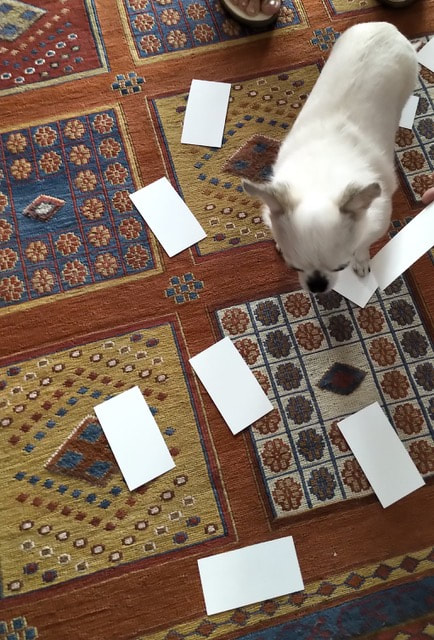
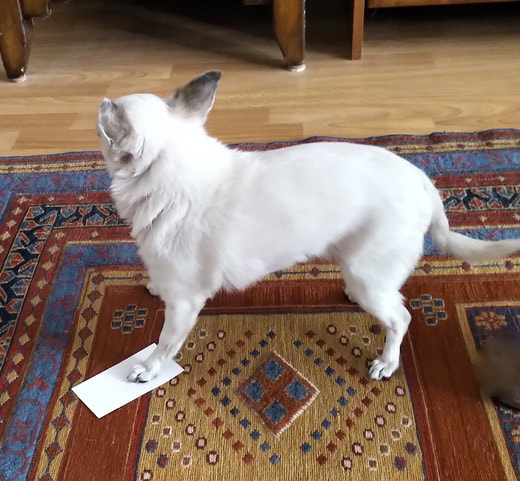
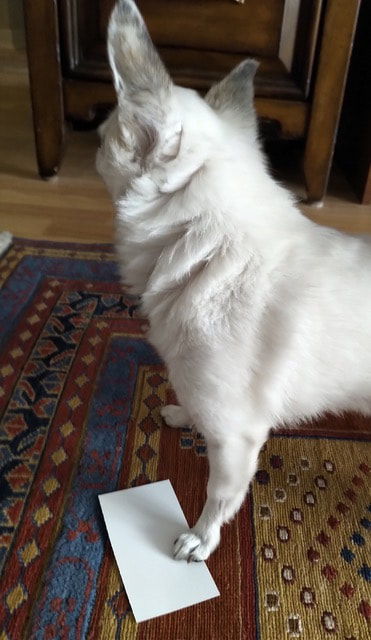
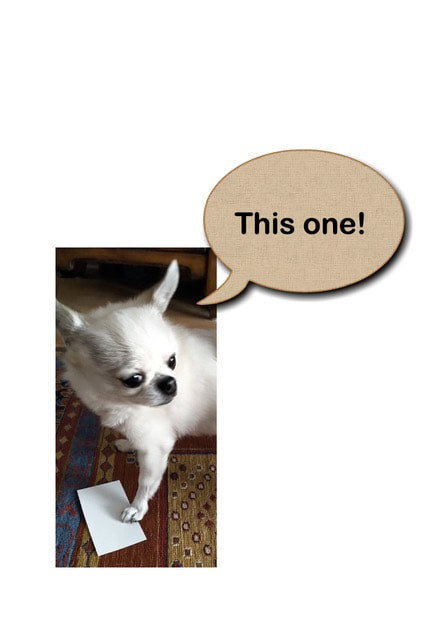
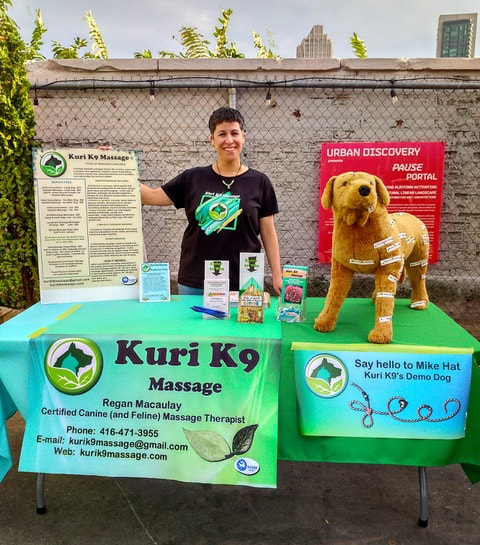
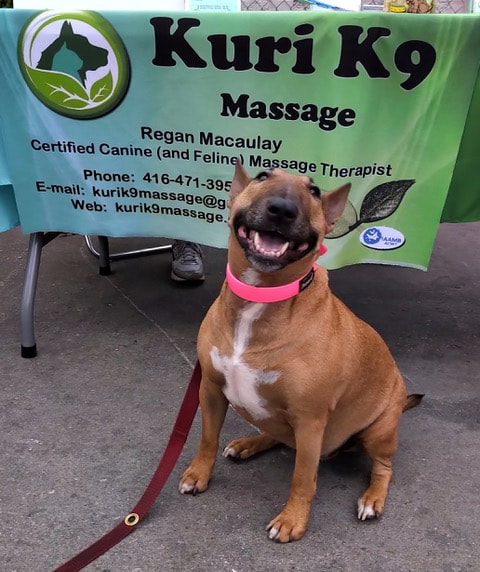
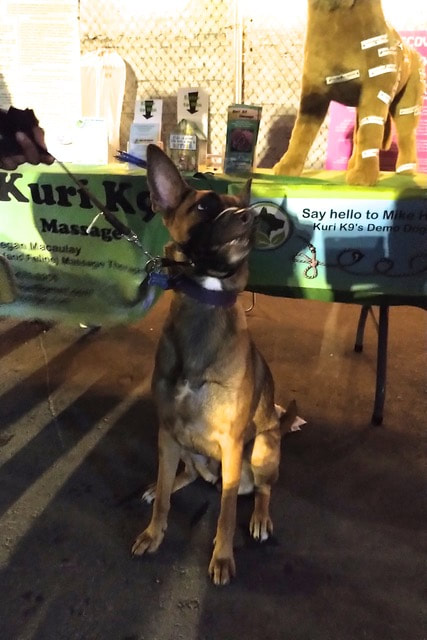
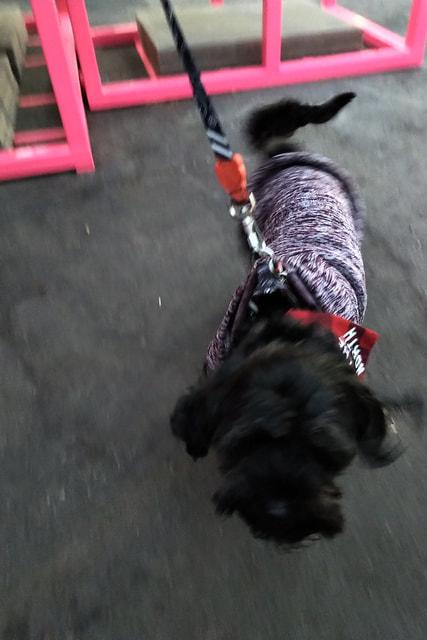
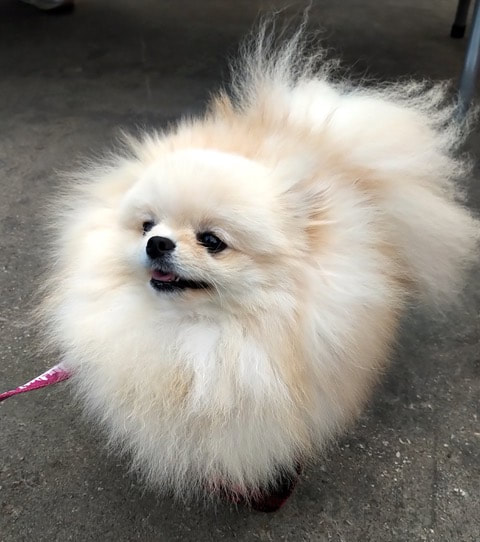
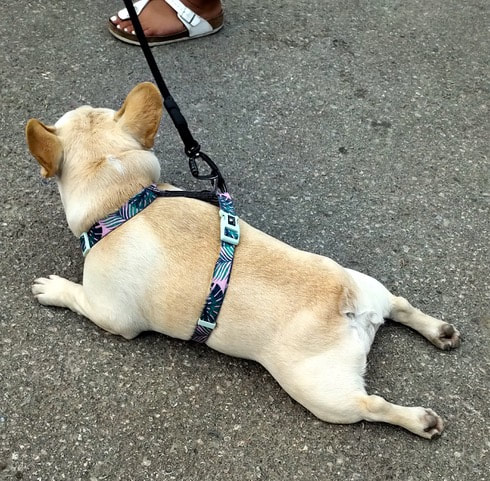
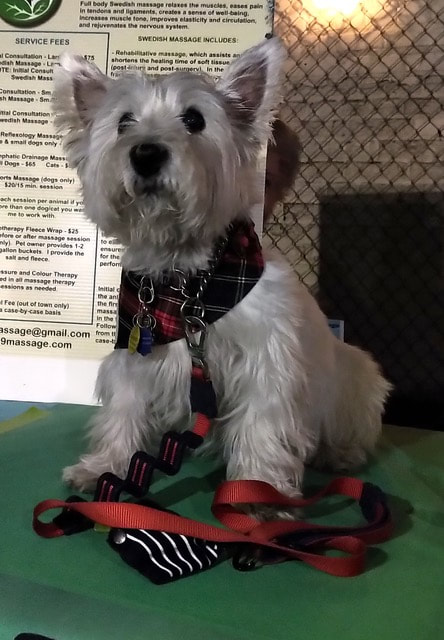
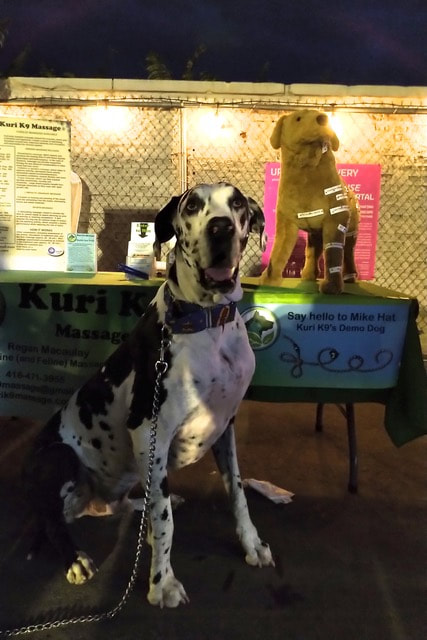
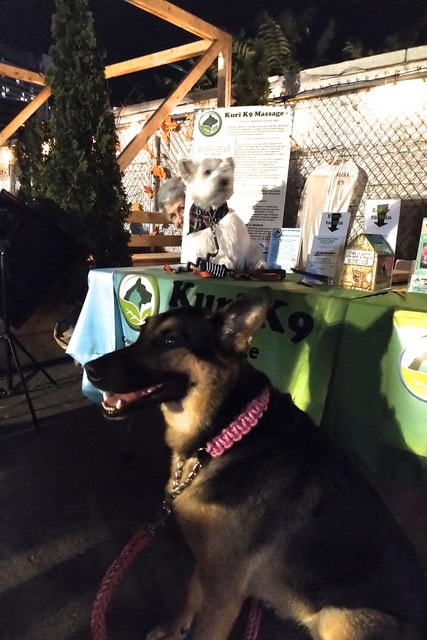
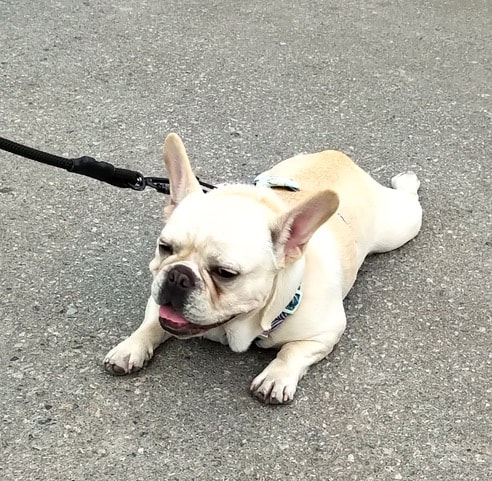
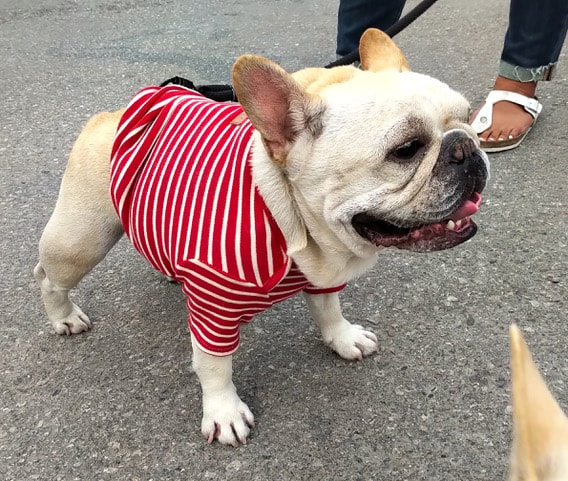
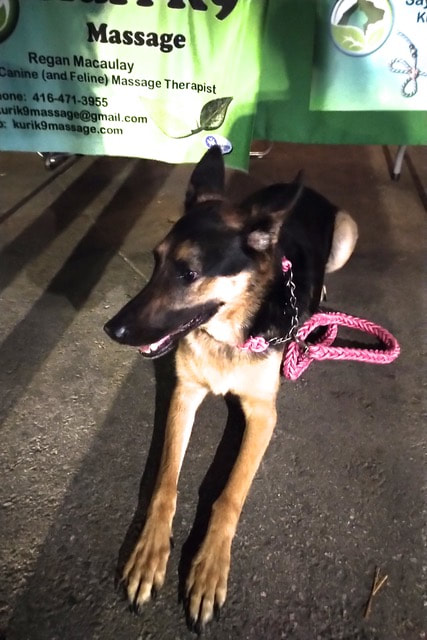
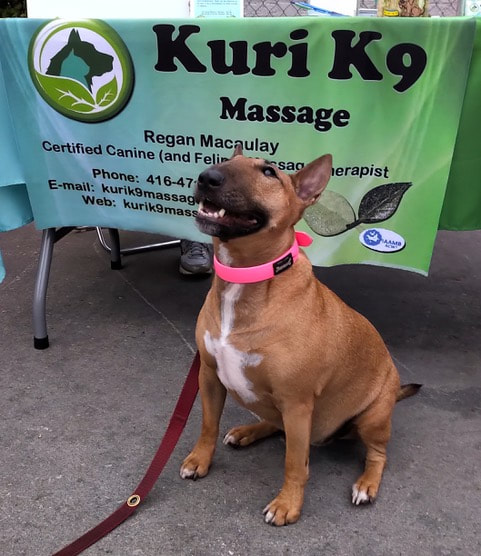
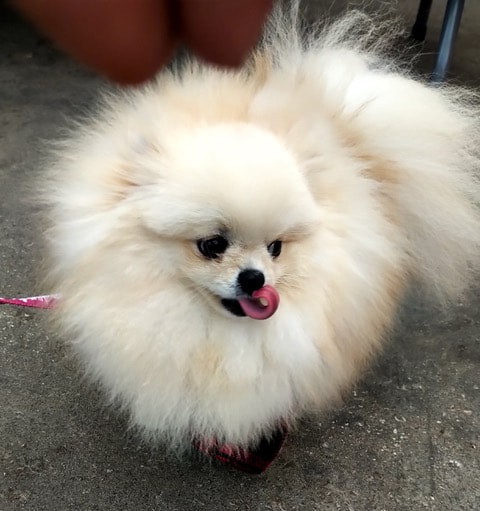

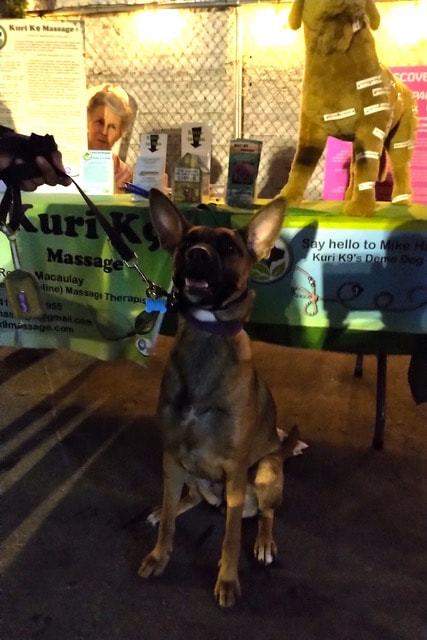
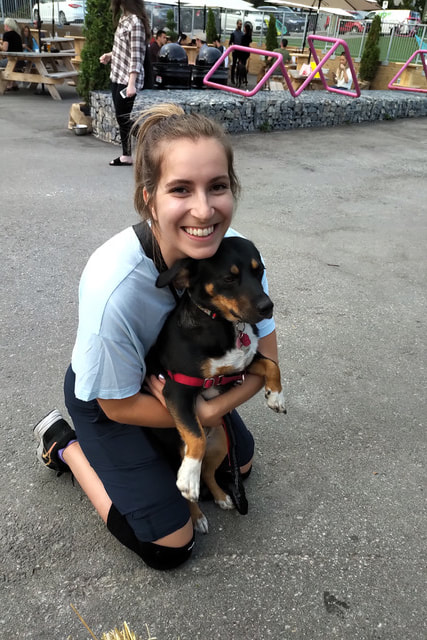
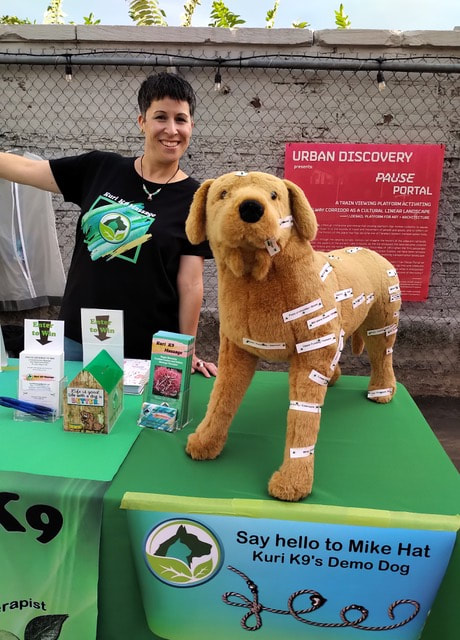
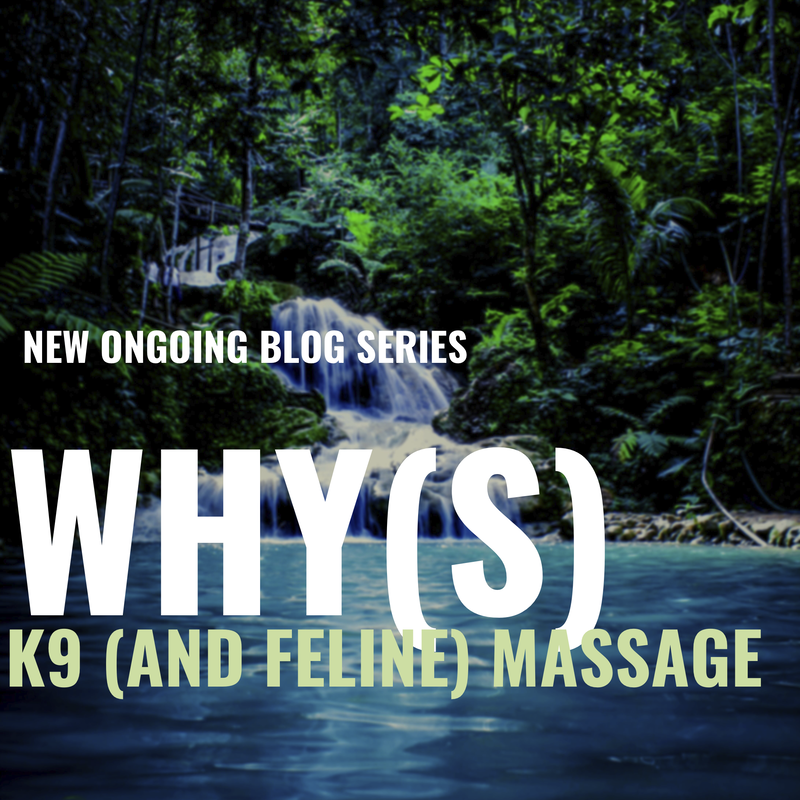
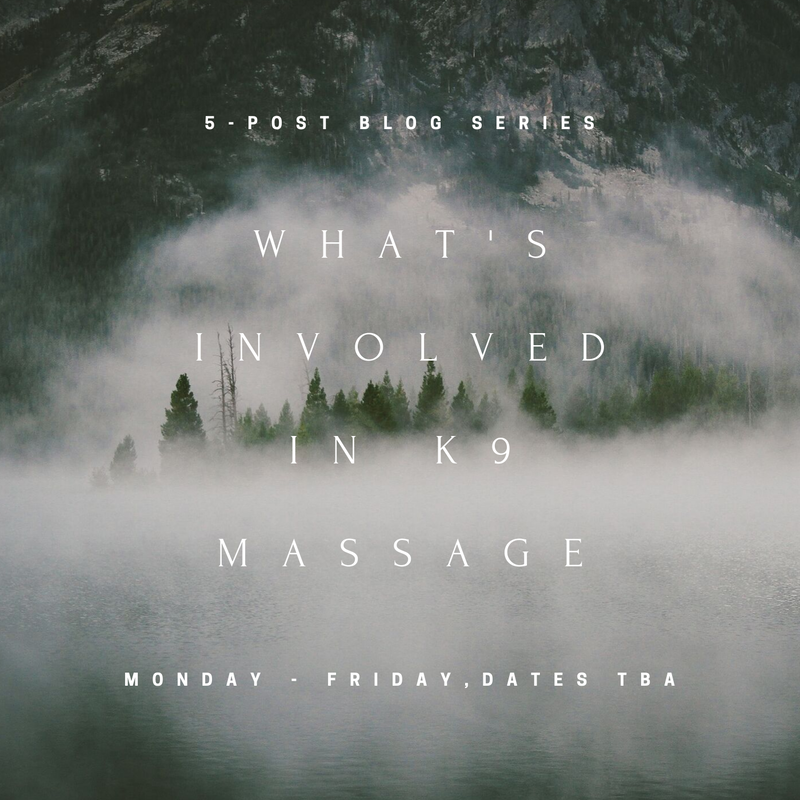
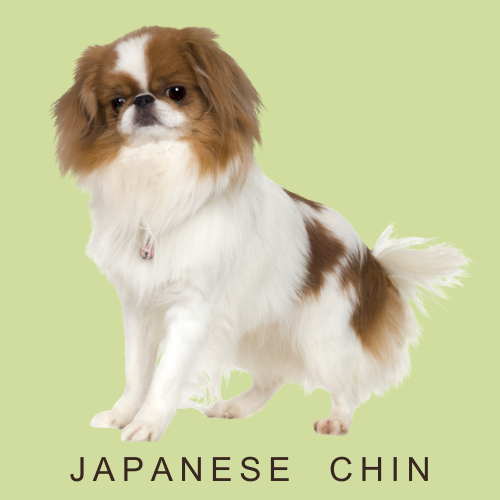
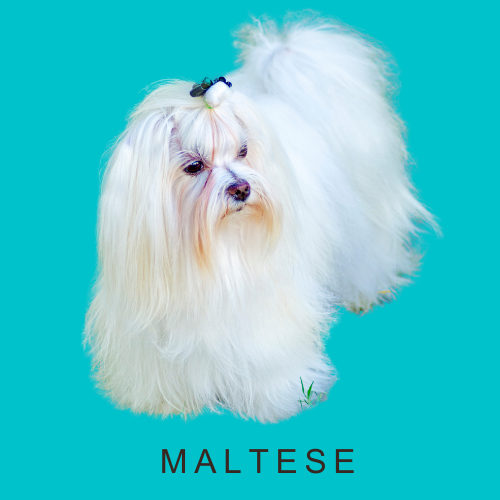
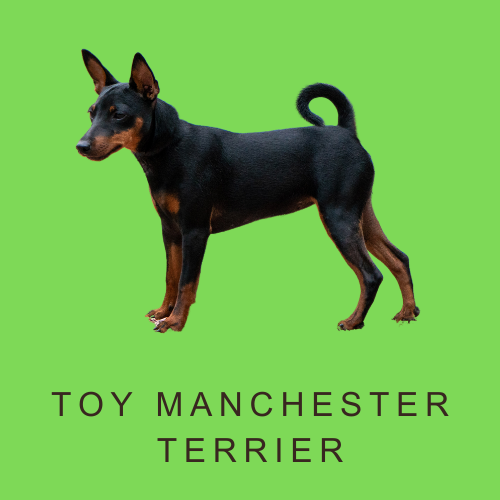
 RSS Feed
RSS Feed